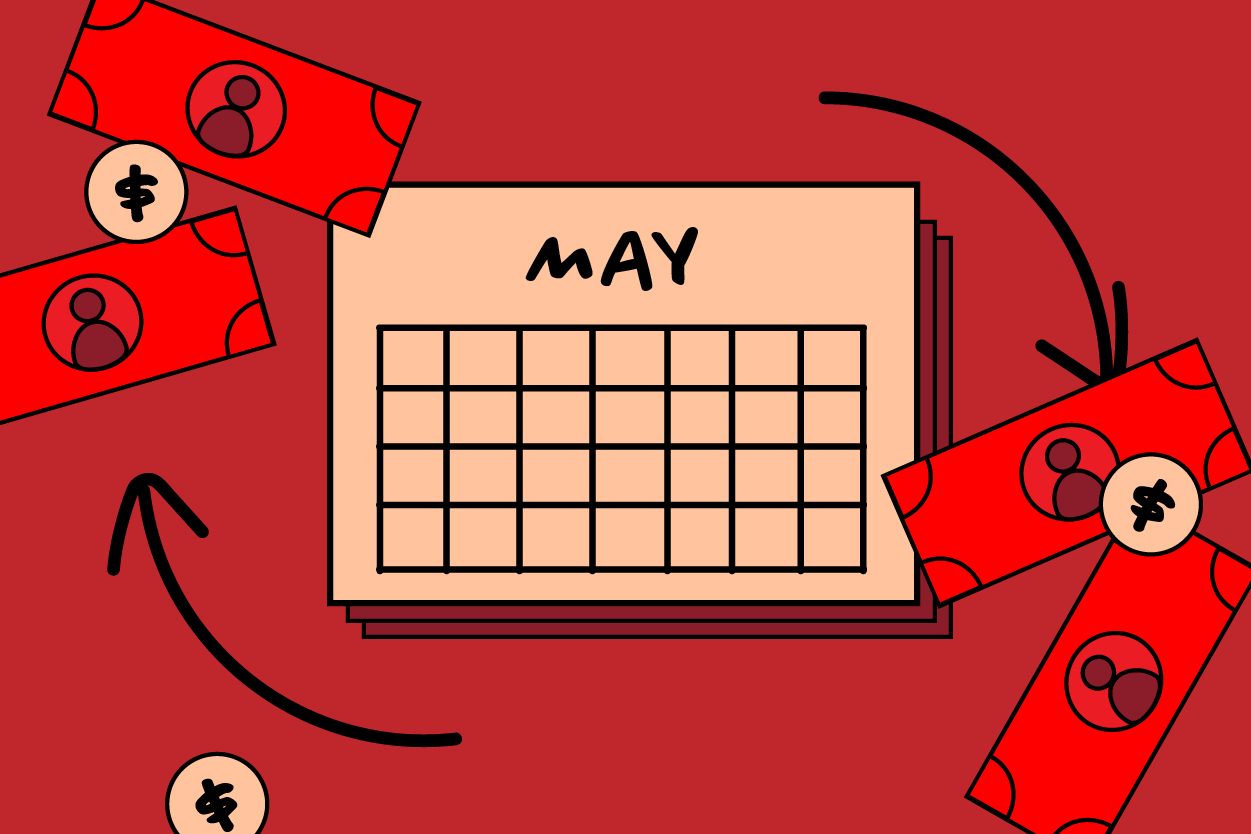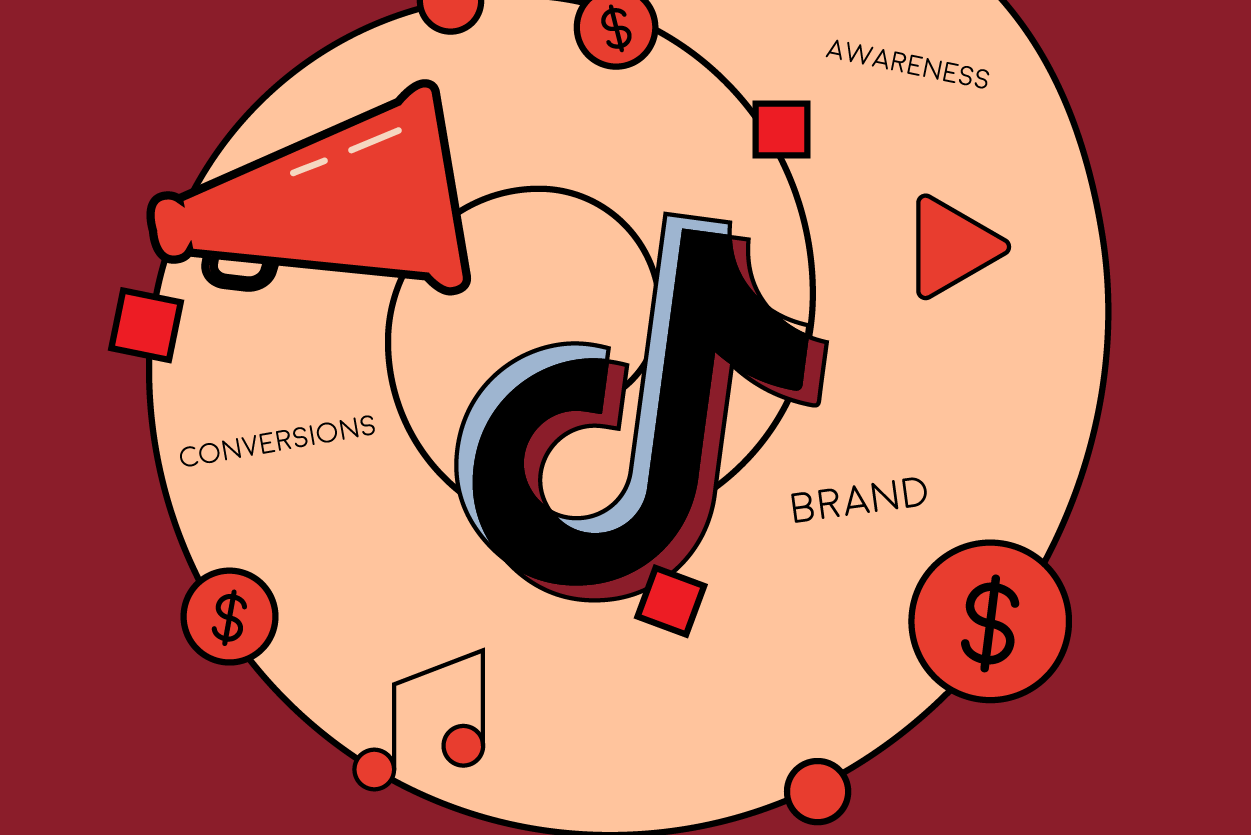The Zero-Click Challenge: Adapting Content for an AI-Driven Search Era
In the age of AI-driven zero-click searches, success is no longer measured by clicks but by visibility, brand recognition, and the ability to influence without a visit.
Star journalists are flocking to Substack for editorial freedom and income, but readers face growing subscription overload – raising questions about how long the newsletter boom can last.

Substack’s homepage highlights its promise of empowering writers through direct subscriptions. The newsletter platform is experiencing another surge of attention as prominent journalists flock to it, drawn by the allure of editorial freedom and uncapped earning potential. Veteran tech writer Steven Levy notes that Substack is “having a moment” yet again as star reporters are going indie, but “subscription fatigue” among readers is only growing. This raises a key question: Can Substack’s model of solo-run paid newsletters truly transform the media business, or will it be undermined by the very audience it relies on?
Substack pitches itself as an escape hatch for journalists – a place to go independent and earn directly from readers without bosses or advertisers holding sway. The appeal is obvious: fire your editor, speak your mind, and maybe even replace your old salary with subscription revenue. Substack’s leaders say it’s working for some. CEO Chris Best recently boasted that “more than 50” writers on Substack now pull in over $1 million a year from subscriptions.
Such success stories are enticing more big names to make the jump. In the past few weeks alone, several high-profile media figures launched Substack newsletters – from ABC News veteran Terry Moran (who started writing on Substack days after being fired over a controversial tweet) to Washington Post opinion columnist Jennifer Rubin (who now runs The Contrarian). They join others like Pulitzer-winning cartoonist Ann Telnaes, former MSNBC host Mehdi Hasan, and even ex-Meet the Press moderator Chuck Todd, all now trying their hand at the direct-to-reader model. The message is clear: if you’re a journalist with a big following, Substack offers a chance to be your own boss and potentially cash in on loyal readers.
However, as Substack gains notables, skeptics are pointing out cracks in the model. In a blunt assessment, Puck’s Dylan Byers argues that beyond a handful of newsletter superstars, “the vast majority of the content on Substack is boring, amateurish or batshit crazy,” he wrote. Byers suggests Substack might be overhyped — essentially a media company trying (and perhaps failing) to get valued like a high-growth tech startup. And he’s not alone: veteran blogger Ana Marie Cox is even more pessimistic, quipping that Substack “is as unstable as a SpaceX launch.” Cox doubts there’s an audience for dozens of mini-brands: “How many Terry Morans does Substack have room for?” she asked, suggesting there may not be public appetite for a dozen solo pundits each doing their own newsletter.
For many readers, the novelty of paying individual writers is wearing thin. This growing subscription fatigue looms as a real threat to Substack’s growth. Most newsletters on the platform charge around $5–$10 per month (or $50–$150 per year) for full access. That doesn’t sound bad—until you realize subscribing to just a few favorite writers can easily cost more than a full subscription to an entire news outlet. For example, after leaving The Atlantic, writer Derek Thompson launched a Substack at $80/year, slightly more than a digital subscription to The Atlantic itself. It only takes a handful of such subscriptions to match the cost of a New York Times all-access plan (which offers hundreds of reporters’ work, plus extras like games).
Unlike a traditional newspaper that delivers all its stories to a broad subscriber base, an independent newsletter often limits a writer’s impact to a small circle of paid patrons. Even writers feel the trade-off.
Substack, for its part, prefers to highlight the success stories. Take Casey Newton: in 2020 he left The Verge to create Platformer, which quickly grew to a six-figure subscriber base and exceeded his expectations. Newton has said going indie let him do things like buy a house in expensive San Francisco, an outcome he “honestly never thought” possible in traditional media. It’s proof that for a select few journalists, the Substack dream can deliver life-changing results.
Yet even Newton’s story comes with a twist. Despite his success, he no longer hosts Platformer on Substack, he moved it to the Ghost platform (where we also publish our newsletter and blog), mainly to avoid Substack’s 10% fee and in protest of Substack’s tolerance of extremist content (Newton felt the founders didn’t sufficiently condemn some Nazi-linked newsletters). In fact, several prominent writers have either left Substack or bypassed it. Some, like Bari Weiss and Glenn Greenwald, initially used Substack to launch their brands but later migrated to their own websites. Others, like former CNN media reporter Oliver Darcy, chose alternative newsletter services (such as Beehiiv) from the start. The upshot: Substack may be a great launchpad, but once a writer builds a big enough audience, there’s little to stop them from taking their subscribers elsewhere, especially if it means keeping more revenue or more control over content policies.
Substack’s leadership appears to be pivoting beyond its newsletter roots. The company now bills itself as “a new media app” and “the home for great culture” where users can discover “world-class video, podcasts, and writing” from creators. (Notably, “writing” comes last in that list.) In other words, Substack is expanding into video and audio content, positioning the platform more like a social network or multimedia hub than a simple newsletter service. This shift has raised some eyebrows: does Substack really think it can compete with TikTok, YouTube, or Spotify on their turf? Critics worry that in chasing a broader creator economy, Substack might dilute its original mission of serving writers and journalists. The company’s execs didn’t grant interviews for Levy’s WIRED column, so their rationale isn’t fully clear. But the strategic refocus suggests that simply being a newsletter platform may not be enough to sustain Substack’s growth. The company is trying to become an all-in-one media ecosystem, at the risk of losing the very niche (serious written content) that made it unique.
Substack finds itself at a crossroads between hype and hard reality. On one hand, it’s enabling an exciting new era of independent journalism – a few talented writers are striking out on their own and even outperforming their old newsroom jobs. On the other hand, the economics and audience habits underpinning that dream are proving challenging. Consumers have finite budgets (and attention spans) for paid content, and not every great journalist thrives as a solo entrepreneur. Substack’s recent moves to add video, podcasts, and social features show it knows it must evolve to keep users engaged. Whether that evolution will be enough remains to be seen.



